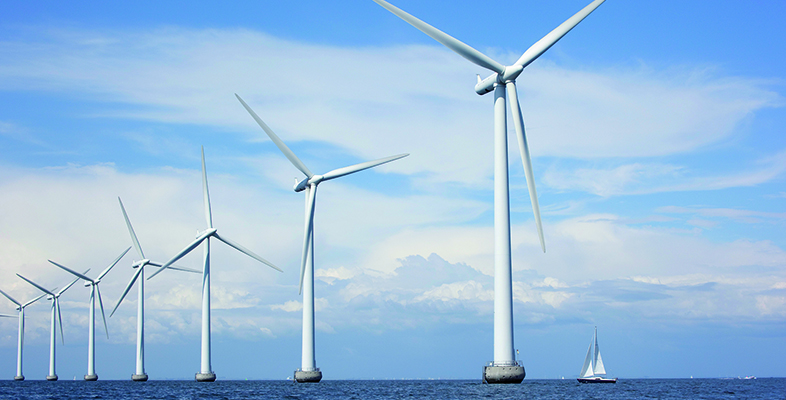4.1.4 Cooking
In 2019 electric cooking consumed about 13 TWh or 4% of national electricity demand (and gas cooking a similar amount of energy). Total gas and electric domestic cooking energy has been declining since the 1970s, in part due to the increased use of microwave ovens. These are more efficient than conventional ovens since the microwaves heat the water molecules within the food rather than merely raising the temperature of the outside. With them has come an increased use of pre-prepared meals. This raises the question of the total energy used in producing these. A 2005 report estimated that the total energy input for a ‘chicken ready meal’ to the dinner plate was 9.7 kWh kg–1, including only about 1 kWh for the final reheating. The alternative of buying and cooking a whole chicken would have a higher overall energy input, 13.2 kWh kg–1, of which over 6 kWh would be the final cooking in the home (AEA Technology, 2005).
As with wet appliances, few breakthroughs in cooking technology seem likely in the foreseeable future.
